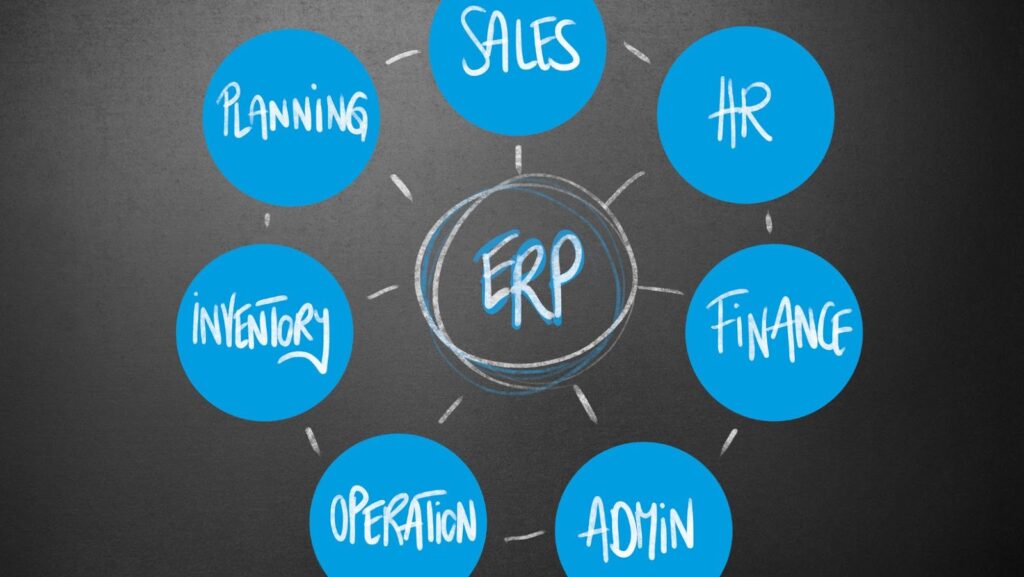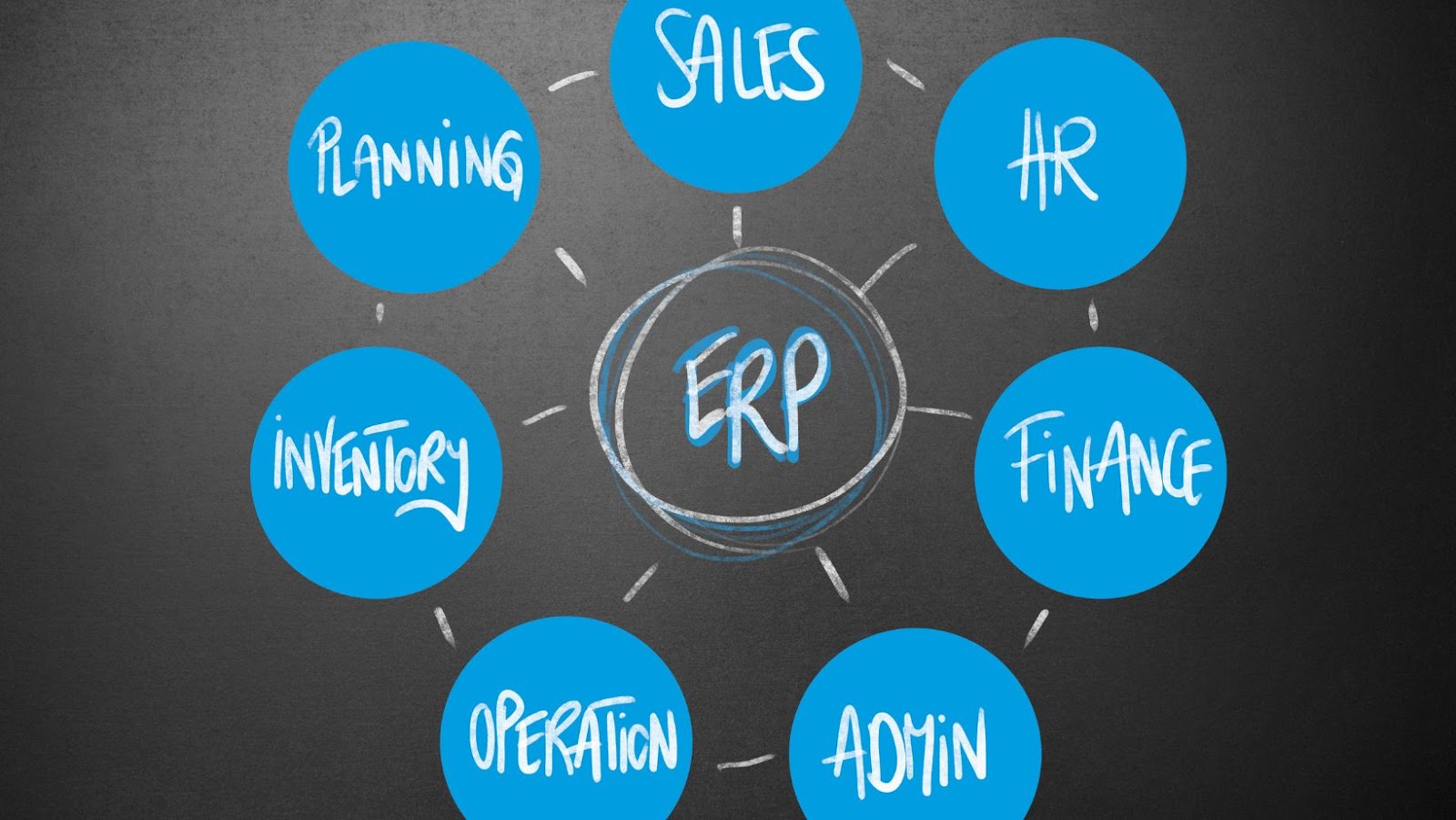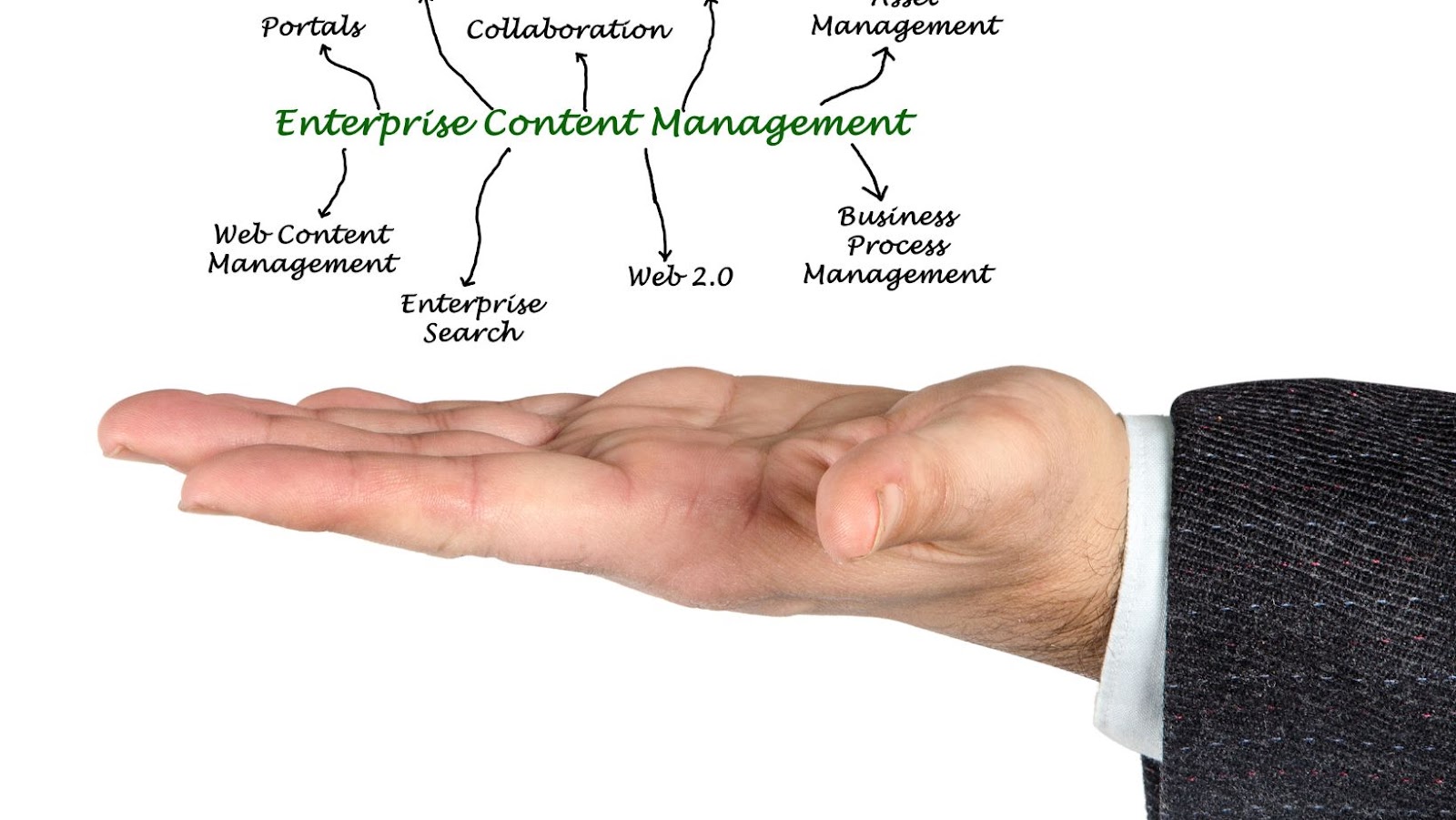

Defining a Content Strategy
The first best practice of enterprise content management is defining a content strategy. A content strategy is a plan for creating, managing, and delivering content. It provides a framework for making strategic decisions about content, including what content to create, how to create it, and how to deliver it. A content strategy should align with business goals and objectives and support the overall mission and vision of the organization.
To define a content strategy, businesses should start by identifying their target audience and what kind of content they are interested in. Next, they should create a plan for creating and managing content, including a content calendar, editorial guidelines, and workflows. Finally, they should measure the success of their content strategy by analyzing metrics such as engagement rates and conversion rates.
Creating a Central Repository
The second best practice of enterprise content management is creating a central repository for all content. A central repository is a single location where all content is stored and managed. It provides a single source of truth for content, making it easy to manage and access. A central repository also ensures that content is secure and can only be accessed by authorized users.

To create a central repository, businesses should start by identifying all sources of content and consolidating them into a single location. They should also define a taxonomy for organizing content and establish permissions for accessing and managing content. Finally, they should implement workflows and automation to streamline the content management process.
Implementing Document Control
The third best practice of enterprise content management is implementing document control. Document control is the process of managing documents from creation to disposal. It ensures that documents are created and managed in a consistent manner and that they are accessible to authorized users.
To implement document control, businesses should start by creating a document management policy that outlines the requirements for creating and managing documents. They should also establish a process for document creation, review, approval, and distribution. Finally, they should implement technology tools to automate the document management process and ensure compliance with legal and regulatory requirements.
Establishing Governance and Compliance
The fourth best practice of enterprise content management is establishing governance and compliance. Governance and compliance are the processes and policies that ensure that content is managed in a manner that is consistent with legal and regulatory requirements. Governance and compliance also ensure that content is managed in a way that is aligned with business goals and objectives.

To establish governance and compliance, businesses should start by creating policies and procedures for managing content. They should also establish roles and responsibilities for managing content and define the processes for monitoring and enforcing compliance. Finally, they should implement technology tools to automate the governance and compliance processes and provide visibility into content management activities.
Conclusion
In conclusion, an Enterprise content management platform is critical for managing the vast amounts of data generated by businesses. By implementing the four best practices of enterprise content management – defining a content strategy, creating a central repository, implementing document control, and establishing governance and compliance – businesses can efficiently manage their content and ensure compliance with legal and regulatory requirements. These best practices will also help businesses make strategic decisions about content, improve collaboration and productivity, and reduce costs associated with content management.












